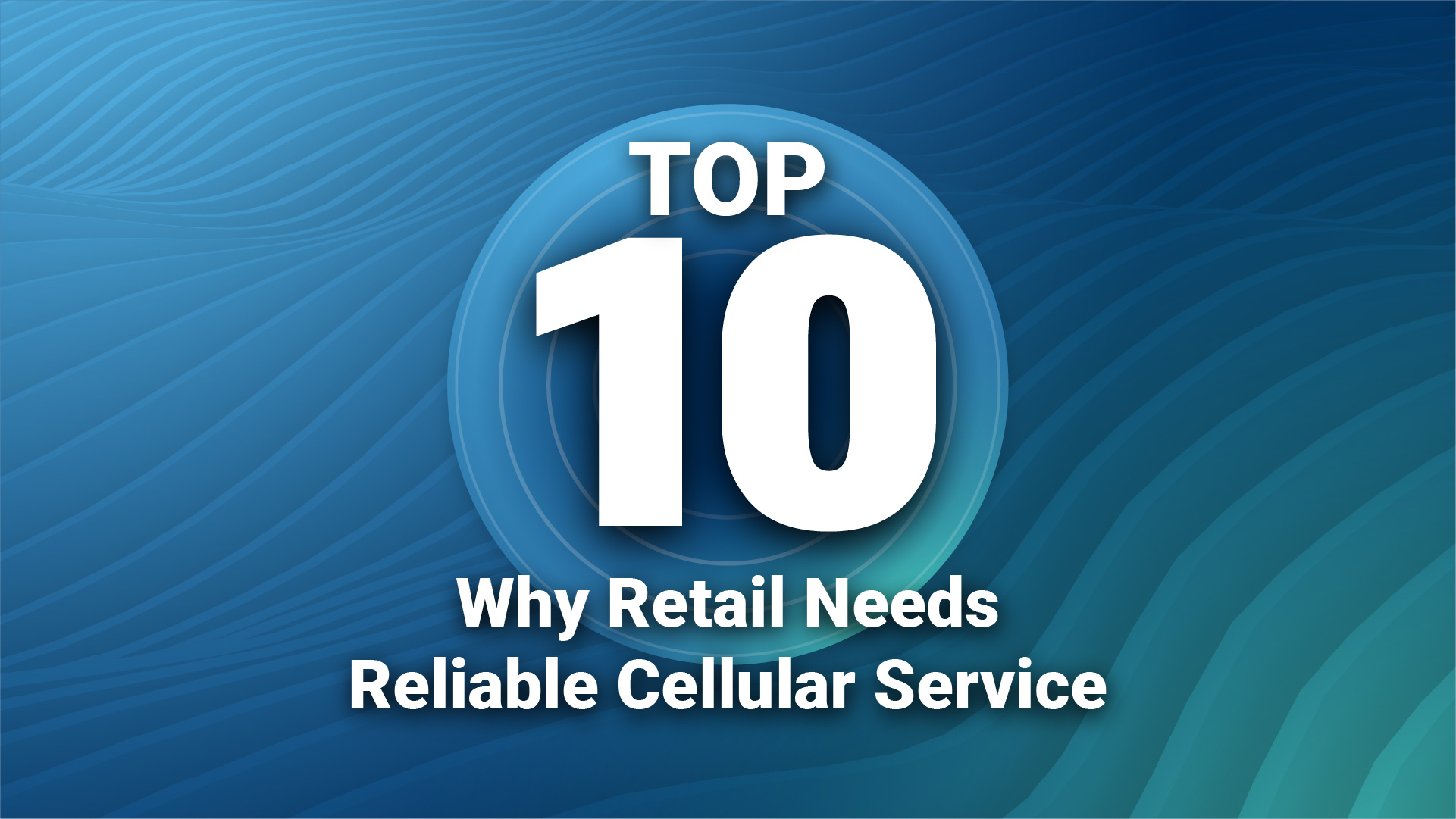As the world and technology rapidly change around us, the way hospitals provide medical care to patients is changing too. When things are moving fast in the emergency room, opportunities to streamline information is crucial. High-performance cellular connectivity is not only something people want, it’s something they expect — as visitors, employees, and patients.
Hospital staff need to be able to consult each other even when they are not in the same area of a building — or even if they are in different buildings altogether. The need for wireless connectivity for hospital staff is a necessity; effective communication between departments can literally be the difference between life and death.
Patients rely on the network while they are in hospital for more than just their monitoring devices. They also use connected tools to learn how to navigate their stay, such as learning when the cafeteria is open, or even to check their email to keep in touch with home.
There is now a growing body of research that links patient happiness and decreased stress levels to improved healing. While this makes sense, a hospital room is not typically the first place that comes to mind. The prospect of better care, increased patient satisfaction, and increasing competition between hospitals and physicians for patients, is leading to the incorporation of entertainment into hospital rooms, waiting areas and even treatment centres where patients can access content or connect to their own content from their mobile device.
While public Wi-Fi networks for guests and patients offer a solution, there is a growing distrust due to security concerns and malware attacks. With the increasing demand from connected devices, Wi-Fi networks often become overcrowded with connections prone to interference and slow speeds, which are below expectation of a connected network. As a result, Wi-Fi does not always effectively solve indoor coverage problems, especially for mission-critical and back-office services.
Investing in cellular network coverage for patient and guest use can free up valuable network bandwidth for mission-critical connectivity, vital for patient care.
The frustrations of poor indoor cellular coverage are universal. Poor connectivity is one of the major challenges faced by building management, and existing cellular systems do not necessarily provide the required level of reliability and security to support their needs.
Cellular coverage is delivered over RF spectrum, which is leased to mobile operators by the Australian Government. Over the years, the spectrum being used for this has gradually increased in frequency through the generations from GSM to 4G and now to 5G.
All major Australian carriers are currently rolling out 5G networks across Australia, with the main players offering 5G with promises of faster download speeds and entertainment packages. 5G promises to deliver more capacity, faster speeds and less latency, meaning your cellular data will perform better in crowded, public spaces with multiple users attempting to utilise it. It will also mean that users will enjoy high-speed downloads and uploads for streaming and sharing on social media. Unfortunately, the higher the frequency, the less area it covers and the less it penetrates through different kinds of building materials. The result is that any 5G signal will be limited in terms of its coverage.
Building materials impact the penetration of mobile phone signals into a building structure — some more so than others. Typically, in descending order of impact, metal reduces signal the most, followed by concrete, metallic window tint and then plaster walls. A solid concrete wall will easily take 10–20 dB off a mobile signal. Consequently, one can see how being in an underground car park or inside a lift (a metal box surrounded by a concrete shaft) can be a particularly challenging place to receive a mobile signal.
Vendors and developers need to treat hospital environments differently to other verticals. But this isn’t always the case, especially when organisations are still using legacy devices. Organisations need to avoid general enterprise solutions and seek out vendors and products that are healthcare specific and have been proven successful in a healthcare environment.
With different sizes of facilities and locations, Powertec can advise on the most cost-effective connectivity solutions. Powertec has over 110,000 installations in Australia and New Zealand, including large companies, government departments, small to medium-sized businesses, farms, aged-care facilities, hospitals and individual consumers.
The Royal Hobart Hospital, Australia’s second oldest hospital which first began serving the Hobart community in 1804, was in need of an updated connectivity solution to service a recent redevelopment of the main lobby and new wards. There were cellular connectivity issues between wards at the end of the newly constructed building where the signal was interrupted by the building materials of concrete, steel and tinted glass. The solution was to install Powertec Blackhawk external antennas to ensure a clear signal could be received from the carriers. CEL-FI GO repeaters were used to amplify the signal, providing a uniformed coverage distribution amongst all carriers. The main lobby and Emergency departments were covered via indoor serving antennas which also covered the lift lobbies on 10 floors.
It’s important for hospitals to continue to run while new technology is installed. Powertec installers can work quickly to install cables and antennas. In fact, most installations don’t take more than a day and, as a result, staff can continue to work with little to no disruption as equipment is installed.
Powertec’s mission is to see everyone connected, no matter where they are.
Does your workplace require innovative connectivity solutions? Talk to our team of experts today on 1300 769 378, email [email protected] or visit www.powertec.com.au to view the full range of products.
A version of this article was originally published by Hospital Healthcare




